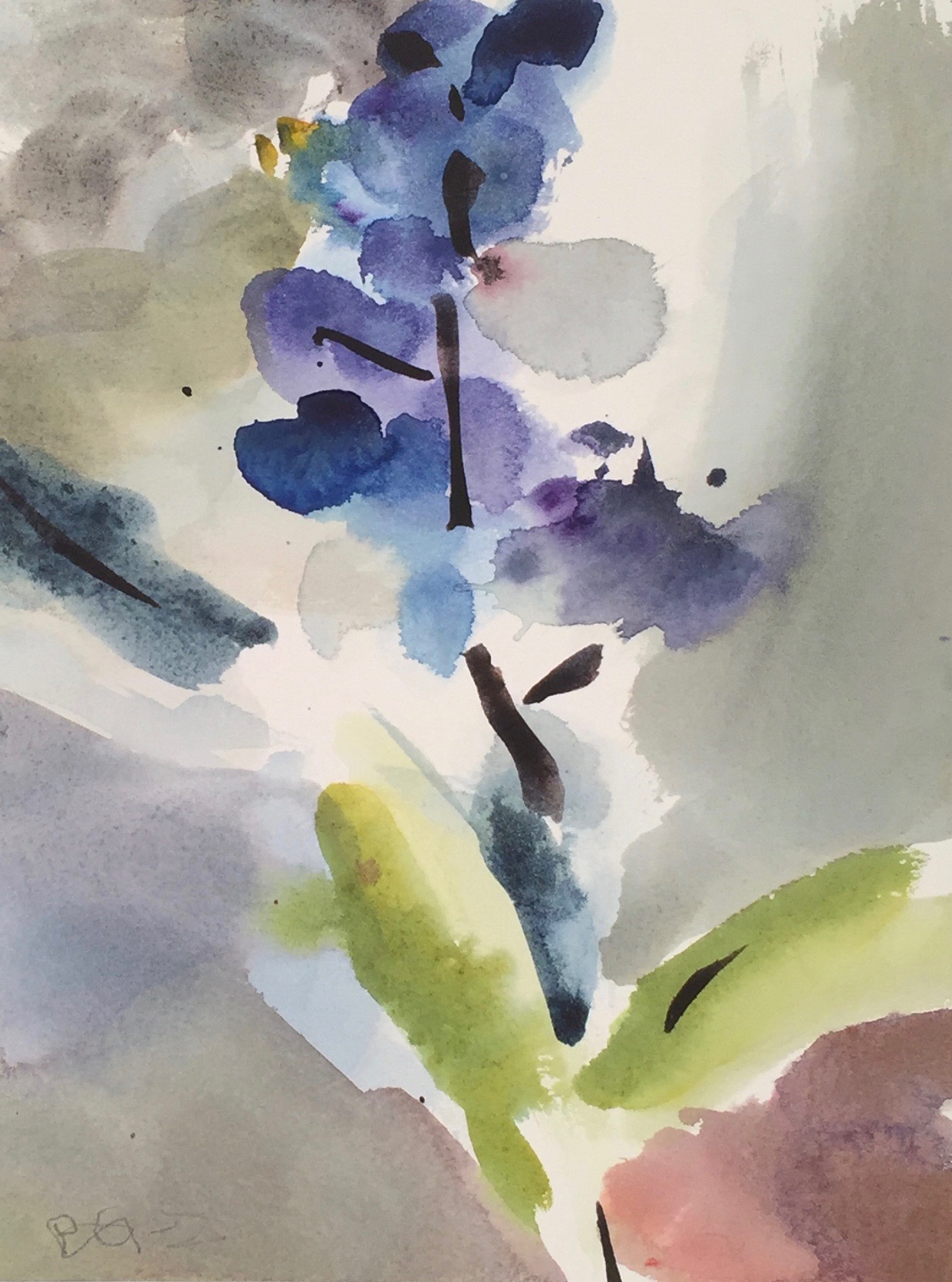
Blue Ginger 2 / 15″x11″ / watercolor on Arches 140 lb. HP watercolor paper
There is a subject you might be able to identify. It starts with a Blue Ginger flower, a familiar sight around my studio. But the subject goes deeper. It is also myself, specifically how my mind works and how my body moves.
There are intentions here that really carry the image. I am looking for light, mood, movement, fluency, clarity and resolution. To achieve this content of subject, I have chosen transparent watercolor and 100% rag wc paper as the medium.
The composition and the technique come next. I allow myself only a single film of paint on the paper, no overpainting to maximize the brilliancy of the colors. There are no pencil lines to guide me.
I start at the top with a little blue and find the first contour that moves down and to the left. The second stroke draws down the color from the first stroke softening the edge and leading the eye to the left. The next color is the grey which is placed in direct contact with the still wet blue. The amount of water in each stroke must be precisely matched so that the edge does not blur. The gray is then drawn down pulling the color to the left and down. This pattern of alternating between the figure and the ground, painting only one color stroke at a time and remixing after every stroke is continued throughout the painting. All movement progresses from left to right in a circular manner until I have come all the way home, which is the same location I started from. Whenever possible I allow the white of the paper to carry the movement forward. A second pass is allowed to paint the stem which serves to reinforce the strength of the drawing.
To make the process even more interesting, the entire painting must be done with my left hand, which is my non-dominate hand. The reasoning is that the hand, like the brush, needs to be told what to do. I do not want mindless virtuosity to enter the work. The composition is linked inexorably with the technique. What and where must be matched with when and how. The painting is spinning, it is pushing outwards. I use dark blue masking tape at the outset to constrain this force with a counterforce that pushes in on the space. The balance of the expanding and contracting forces puts tension into the space and charges it with energy.
The interesting question is what comes first, the drawing or the painting? My answer is that they happen simultaneously. Strokes are gestures, they move us along which is drawing. Strokes are also imbued with feelings, they are colorful so that is painting. The same stroke does both, drawing and painting. And if we can keep an eye on balancing the composition, which is mostly about proportioning the lights and darks, we can have a very involved piece in a short amount of time.
I do not want to leave anything to chance, I must own every aspect of the painting. I want it to be equal parts real and abstract, logical and intuitive as well as medium and technique. The flower itself is a masterpiece. I want to do it justice not copy it.
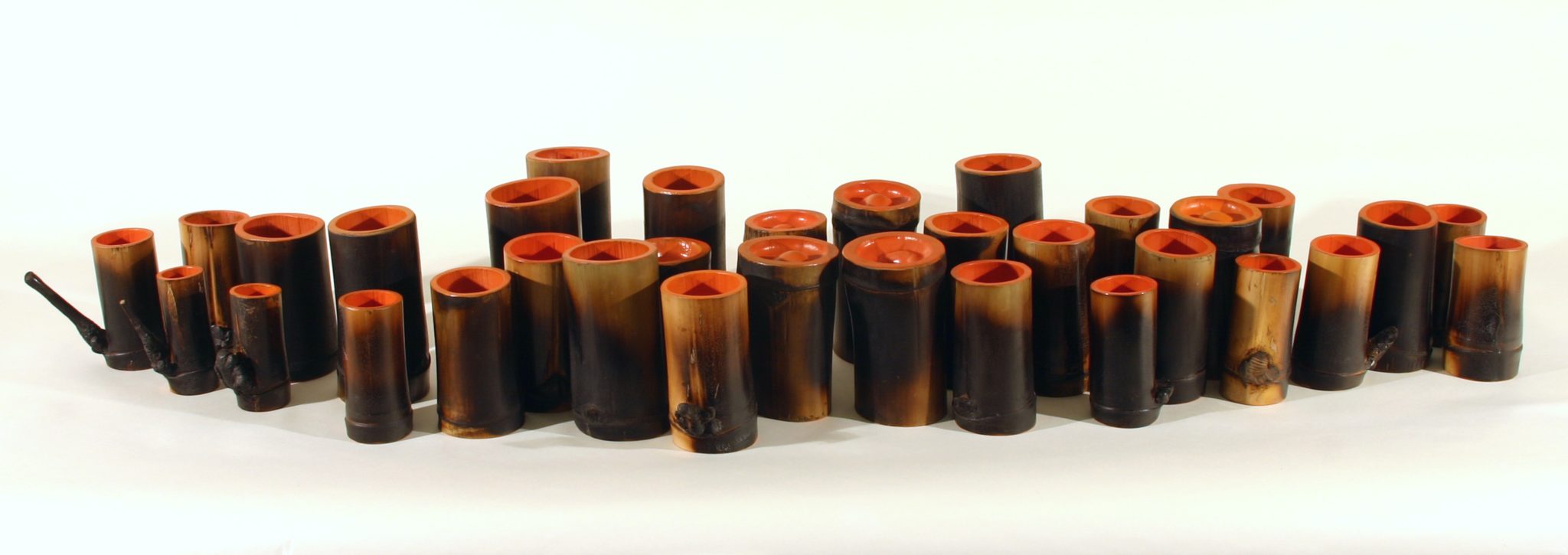

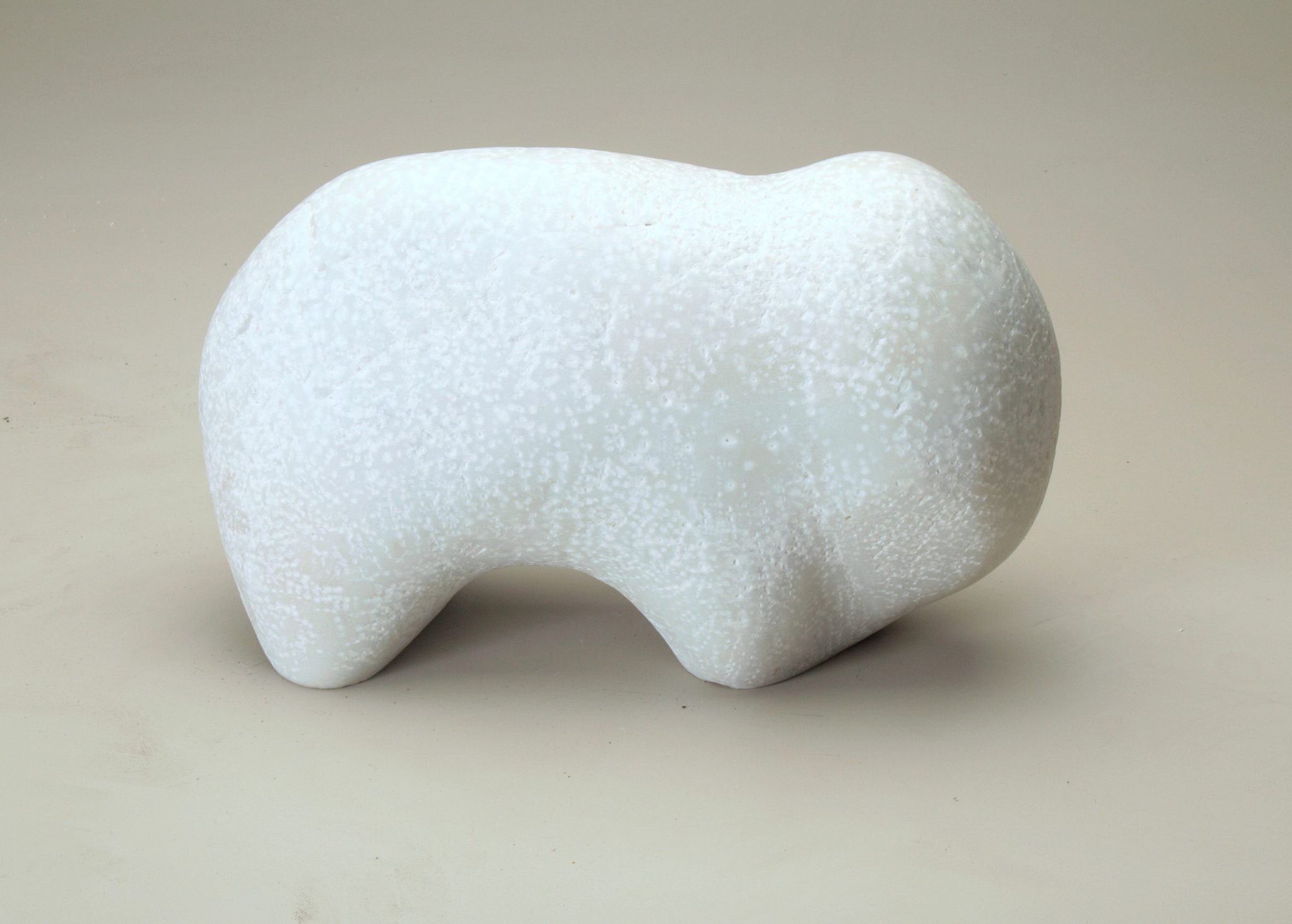
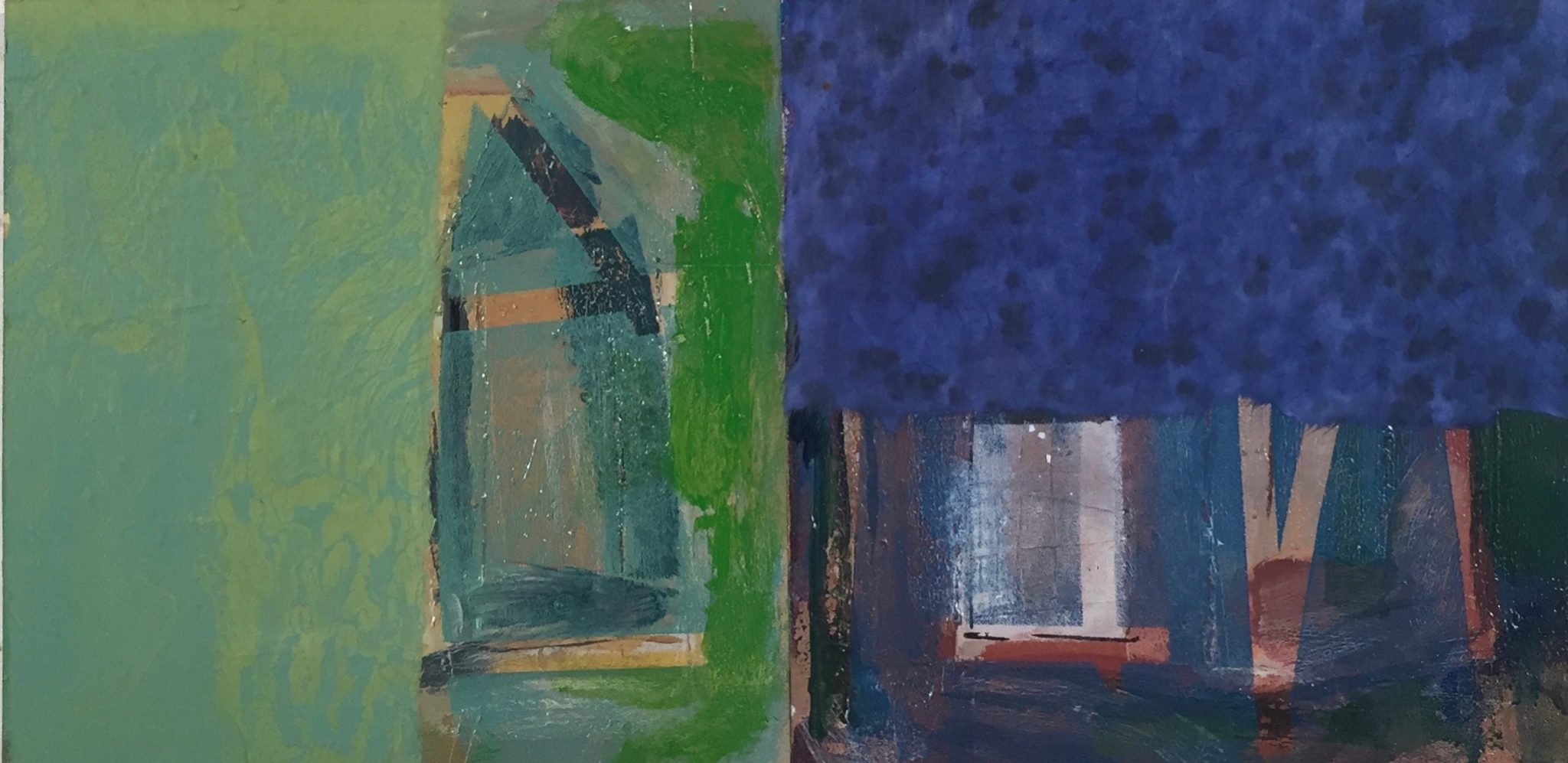
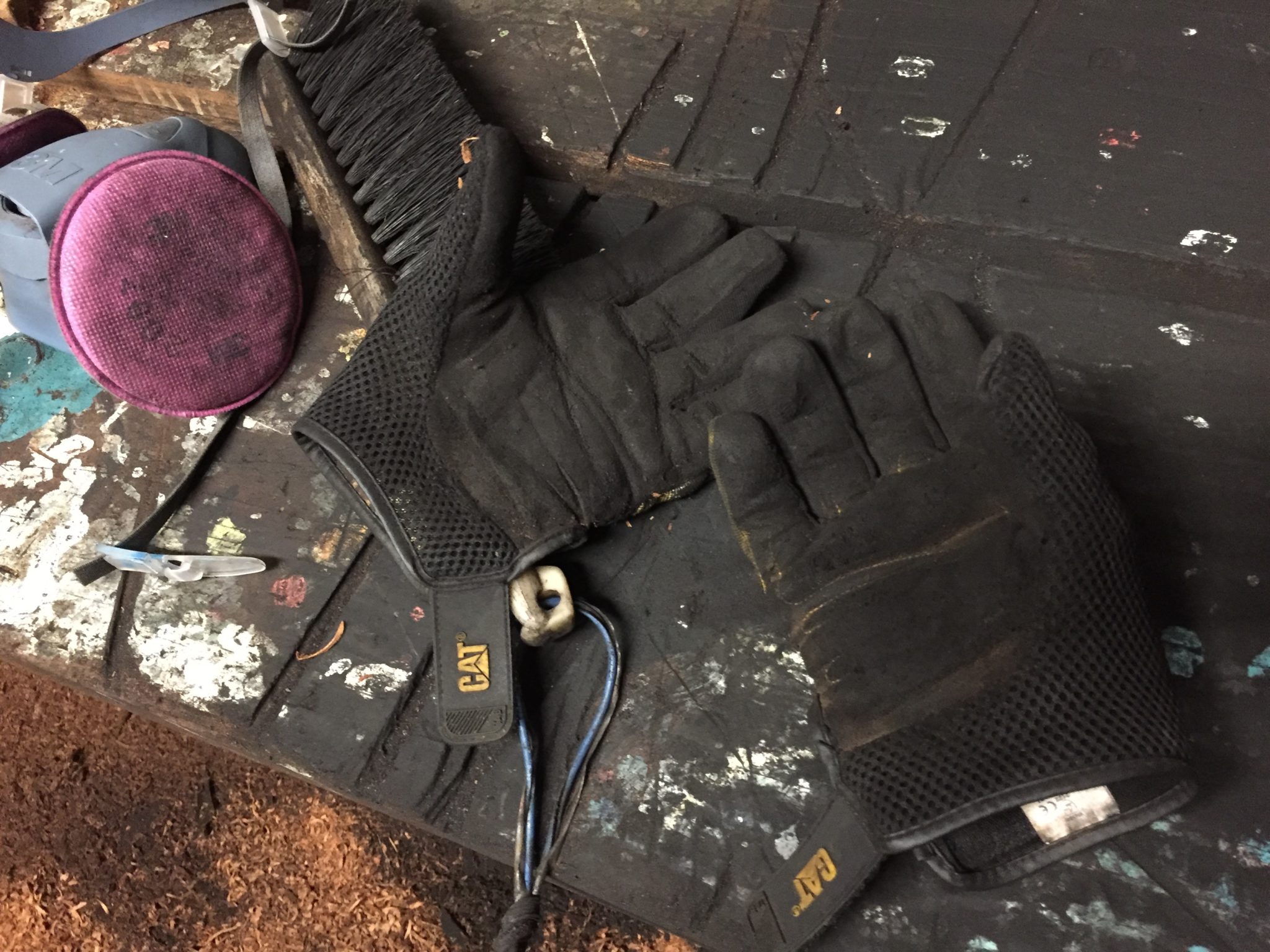 What if you do not know what to do? It is fine to say the most efficient line between two points is a straight line and that if you know in advance what you are striving for it is much easier to achieve it.
What if you do not know what to do? It is fine to say the most efficient line between two points is a straight line and that if you know in advance what you are striving for it is much easier to achieve it.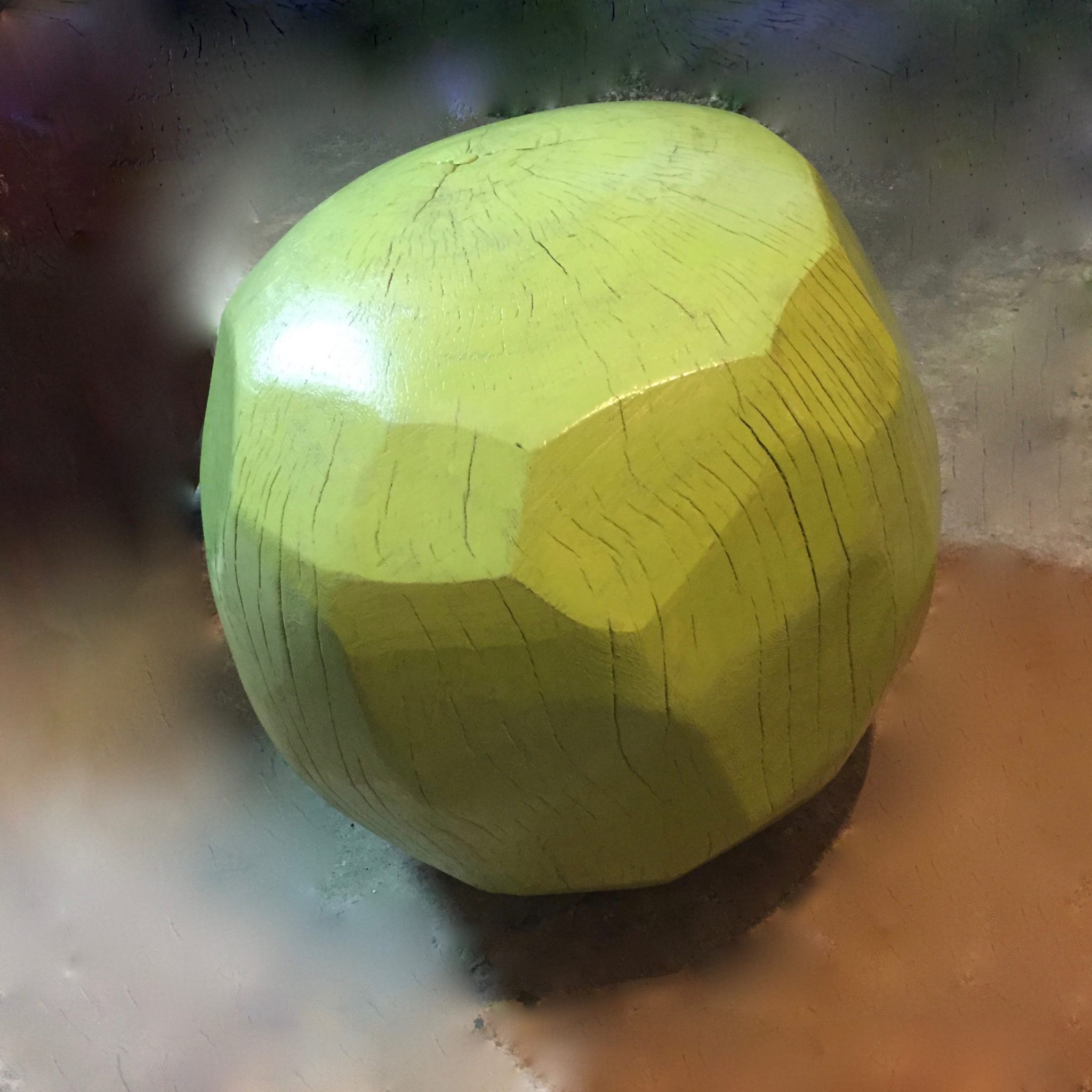 It is the mystery of it that excites. We all know about balls but this one is strange. The facets catch the light in a variety of ways, there is the suggestion of a seat on top, it shows cracks that tell you that it is made of wood and then there is the color which is more like a plant color. It has an undeniable presence but does not fit into a clear definition of known objects. It is a curiosity. Its purpose is to excite and provoke. Art is like that, real but not real. Quantum physics tells us that at a certain level, it is possible to be in two places at once. I like that, art has been doing that for a long time. It is surreal, two things at once. This thing is heavy, more than a hundred pounds. It is no beach ball. It comes from a tree but does not look like a tree. Can there be irony in such a simple thing?
It is the mystery of it that excites. We all know about balls but this one is strange. The facets catch the light in a variety of ways, there is the suggestion of a seat on top, it shows cracks that tell you that it is made of wood and then there is the color which is more like a plant color. It has an undeniable presence but does not fit into a clear definition of known objects. It is a curiosity. Its purpose is to excite and provoke. Art is like that, real but not real. Quantum physics tells us that at a certain level, it is possible to be in two places at once. I like that, art has been doing that for a long time. It is surreal, two things at once. This thing is heavy, more than a hundred pounds. It is no beach ball. It comes from a tree but does not look like a tree. Can there be irony in such a simple thing?